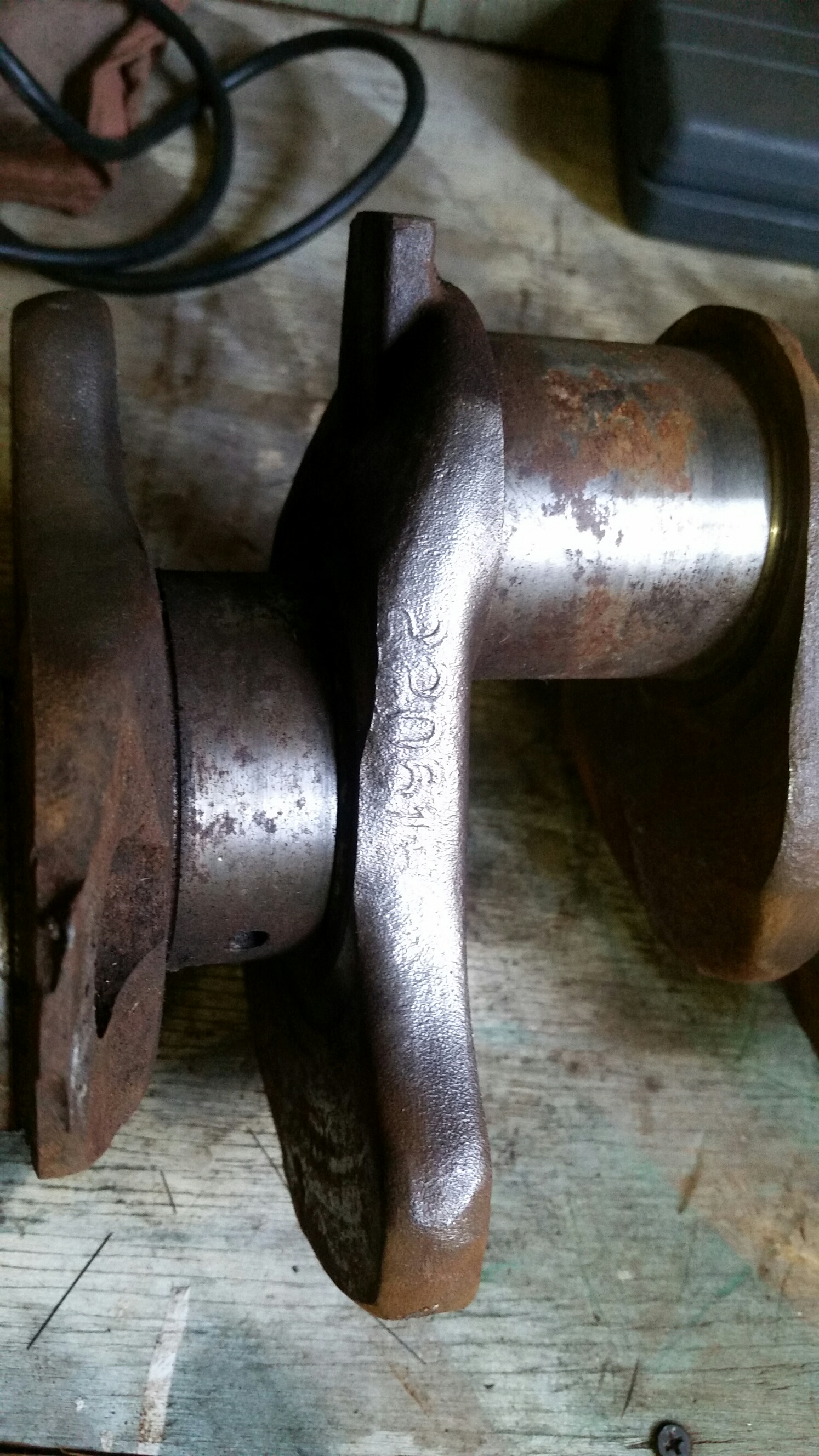the through bolts [converter or flywheel] were 7/16-20 thread for the crank's 1/2" [they were usually 29/64" for the 7/16" bolts] holes.
the early hemi's crank holes could be tapped 1/2-20 thread without re-drilling the crank flange.
one could do this by hand using a "tapping block", which is just a piece of steel that is parallel on all sides, having a 1/2" through hole that bolts to one of the crank flange holes, and another hole that accurately locates the 1/2" tap over the crank's through holes.
i have made a couple of these in the past, and i think i made them out of 5/8" square stock.
the main reason for using the "tapping block" was to keep the tap perpendicular to the crank holes when tapping them.
worked very well. just be sure to use a quality tap and lots of cutting oil when doing this operation.
after this is done, you will probably need to fabricate a locator plate for the flywheel or flexplate you plan on using.
the reason for this is the early flexplates and cranks located off of the crank flange's OD, and there wasn't a locating ring like the later crank's had.
just my personal life experience.
your mileage will vary.

